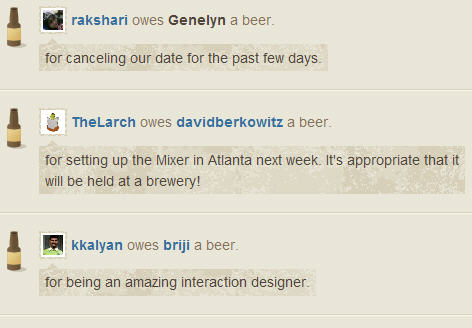We’ve all got far more to read than time to read it, right? So you’re going to hate me for telling you this, but if you care about communication and technology, you should be tracking the Journal of Computer-Mediated Communication. Especially this latest issue, whose “special theme” is social network sites.
Of particular relevance to marketing technologists are these articles:
- Social Network Sites: Definition, History, and Scholarship
danah m. boyd and Nicole B. Ellison
This introduction describes features of social network sites (SNSs), proposes a comprehensive definition, presents a history of their development, reviews existing SNS scholarship, and introduces the articles in this special theme section. - Social Network Profiles as Taste Performances
Hugo Liu
A social network profile’s lists of interests can function as an expressive arena for taste performance. Based on a semiotic approach, different types of taste statements are identified and further investigated through a statistical analysis of 127,477 profiles collected from MySpace. - Whose Space? Differences Among Users and Non-Users of Social Network Sites
Eszter Hargittai
Are there systematic differences between people who use social network sites and those who stay away? Based on data from a survey administered to young adults, this article identifies demographic predictors of SNS usage, with particular focus on Facebook, MySpace, Xanga, and Friendster. - Mobile Social Networks and Social Practice: A Case Study of Dodgeball
Lee Humphreys
Dodgeball is a mobile social network system that seeks to facilitate social coordination among friends in urban public spaces. This study reports on the norms of Dodgeball use, proposing that exchanging messages through Dodgeball can lead to social molecularization, whereby active members experience and move through the city in a collective manner. - Publicly Private and Privately Public: Social Networking on YouTube
Patricia Lange
Based on a one-year ethnographic project, this article analyzes how YouTube participants developed and maintained social networks by manipulating physical and interpretive access to videos. The analysis identifies varying degrees of “publicness” in video sharing, depending on the nature of the video content and how much personal information is revealed.
Juicy stuff. Enjoy!
